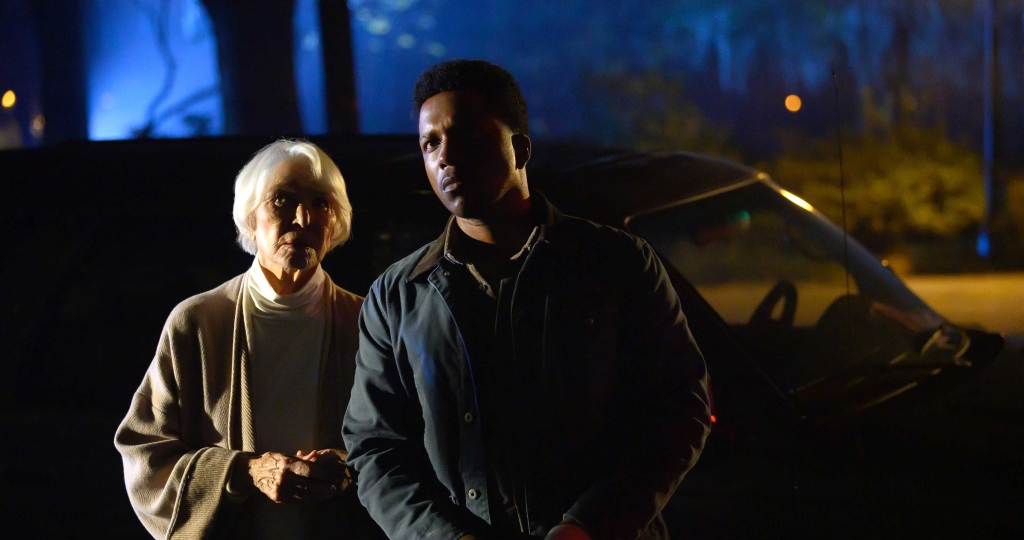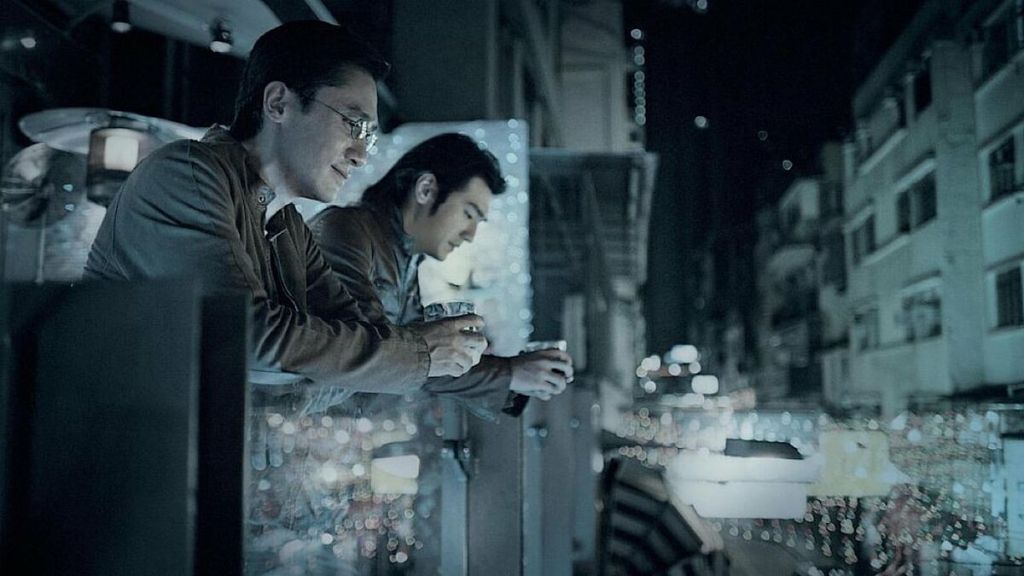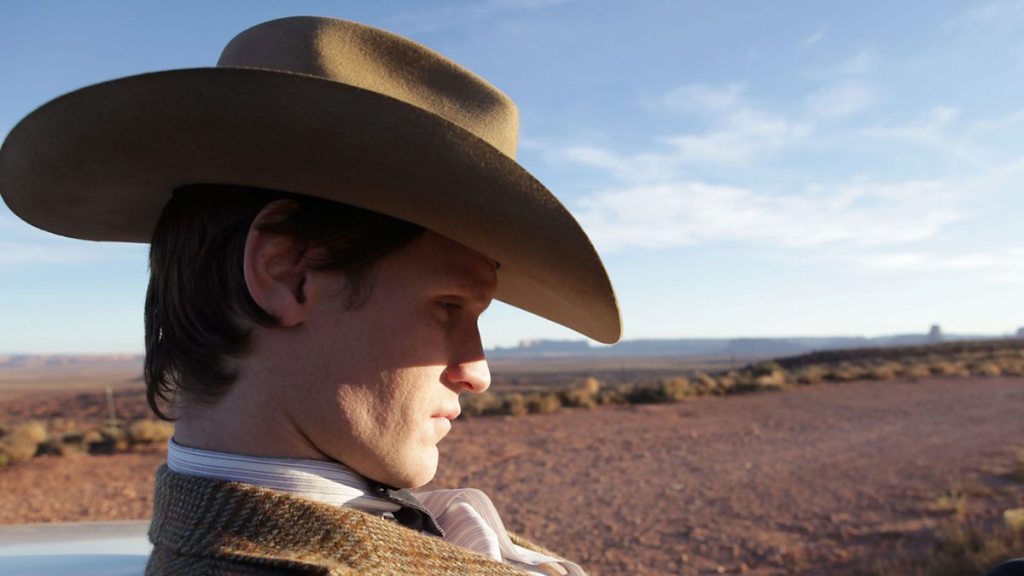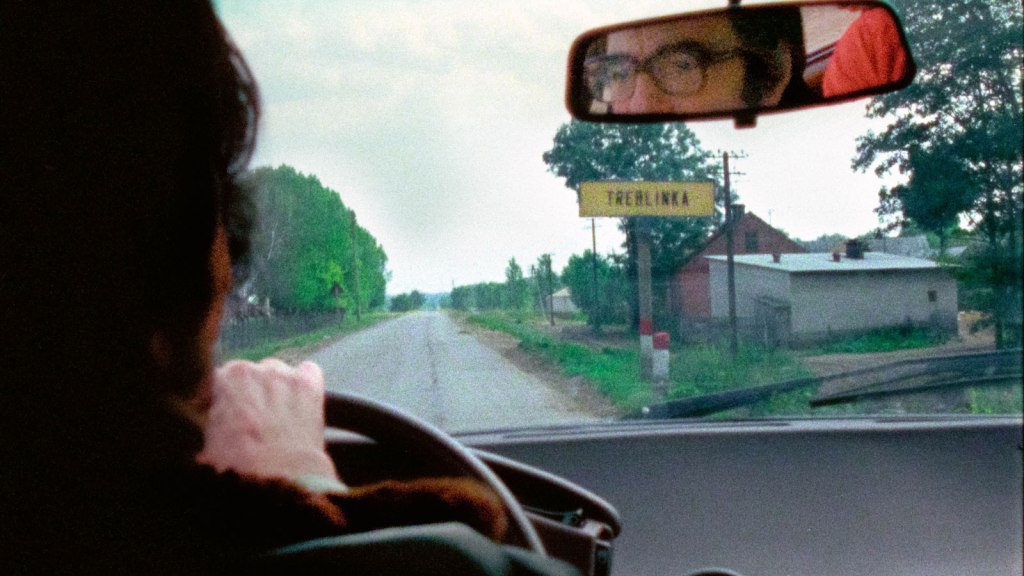Last year production company Blumhouse, having had great commercial success reviving Halloween with a trilogy of new films, launched a follow-up. Re-teaming with the creative team of writer Danny McBride and director David Gordon Green, they licensed the rights to William Friedkin’s The Exorcist (1973) and commenced an all-new movie trilogy with The Exorcist: Believer. I missed the film in cinemas, but critics and audiences did not – and neither group appeared to like what they saw. The film is now available on both physical media and to rent and buy online, so those who – like me – are late to the party can freely see what the fuss was about in the comfort of our own homes.
Before anything else, it has to be said that those who condemn Believer for maligning a great classic clearly did not pay attention to the four previous follow-ups – two sequels and two prequels – whose quality ranged from the dire to the merely misguided. The best of them, Paul Schrader’s Dominion, I actually like a great deal – although it is more a dour meditation of Catholic guilt and the nature of evil than a horror film. Others, particularly Renny Harlin’s Exorcist: The Beginning, honestly beggared belief. Even if Believer was a film to damage The Exorcist‘s legacy, there’s arguably nothing left to damage: The Exorcist II: Heretic demolished the building long before Harlin razed the remnants and salted the earth on which they fell.
Believer picks up 50 years after the original film. Two girls go missing in the woods of Georgia, and when they are found three days later it is clear that something has changed them beyond human trauma. Desperately seeking answers to his daughter’s uncanny transformation, single father Victor Fielding (Leslie Odom Jr) stumbles upon an unexpected ally: exorcism researcher Chris MacNeill (Ellen Burstyn), whose daughter Regan once survived the same ordeal.
Here is the core problem with Believer: before Fielding meets MacNeill, the film is a nicely unsettling and creepy supernatural thriller. The performances are solid, the underlying sense of menace is effective, and the concept of not one but two simultaneous possessions allows the film to starting carving its own niche in the narrow but crowded field of exorcism-based horror cinema. Over the past 50 years, The Exorcist has not just inspired spin-offs but also a fully-fledged mini-genre. Successful variations include The Exorcism of Emily Rose (2005; exorcism as legal thriller), The Last Exorcism (2010; exorcism as found footage), Requiem (2006; exorcism as realist drama), and The Conjuring (exorcism as Marvel-style shared universe). For its entire first half Believer is a moderate success that does not need a link to The Exorcist at all.
MacNeill’s arrival in the narrative coincides with a shift in the film. There is an attempt to split the Exorcist series from its Catholic origins and embrace all faith – both religious and personal. Both elements fail to work. Both damage the film badly. In the case of Chris MacNeill, it pulls focus from the core story to the periphery: filling time better spent on the new story with what is essentially trivia. At the same time the screenplay’s tendency is to use MacNeill for dumping information crudely on the audience. It is nice to see Ellen Burstyn return to her famous role, but there’s simply no need for her to be there.
The attempt to broaden the film’s understanding of faith jibes badly with its ties to The Exorcist. The original film is a specifically Catholic work. It informs nearly every element, and infuses deeply into its identity. Pulling away from that pulls away from what made Friedkin’s film what it was. It puts into question why Blumhouse have tried to extend the property at all.
The film’s climax centres on a great premise, but its impact is blunted by poor execution. It only serves to further back up how this film ultimately lands: a great first half, but an ugly mess in the second.





Leave a comment